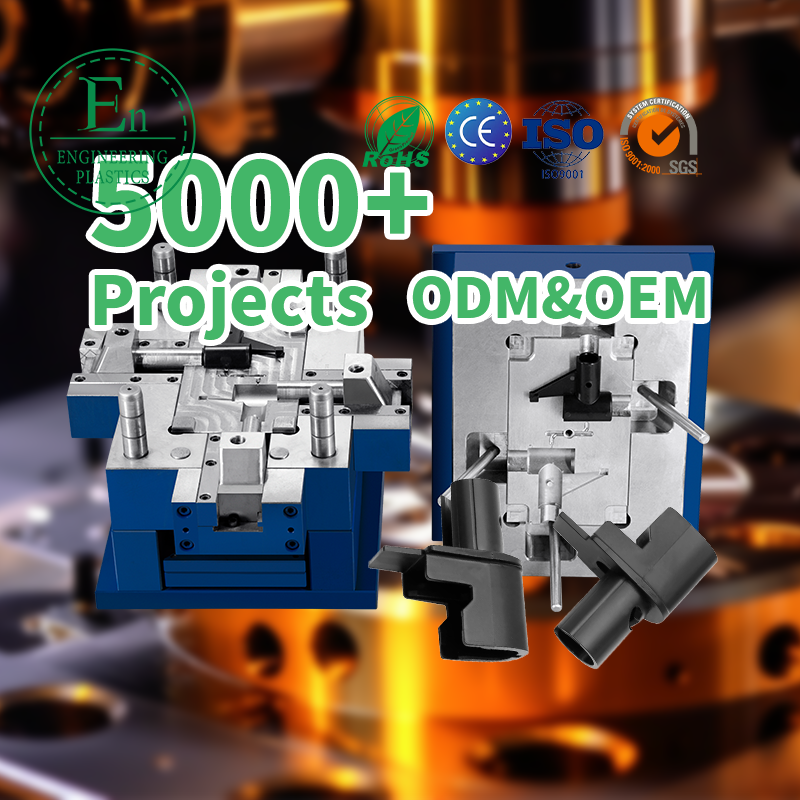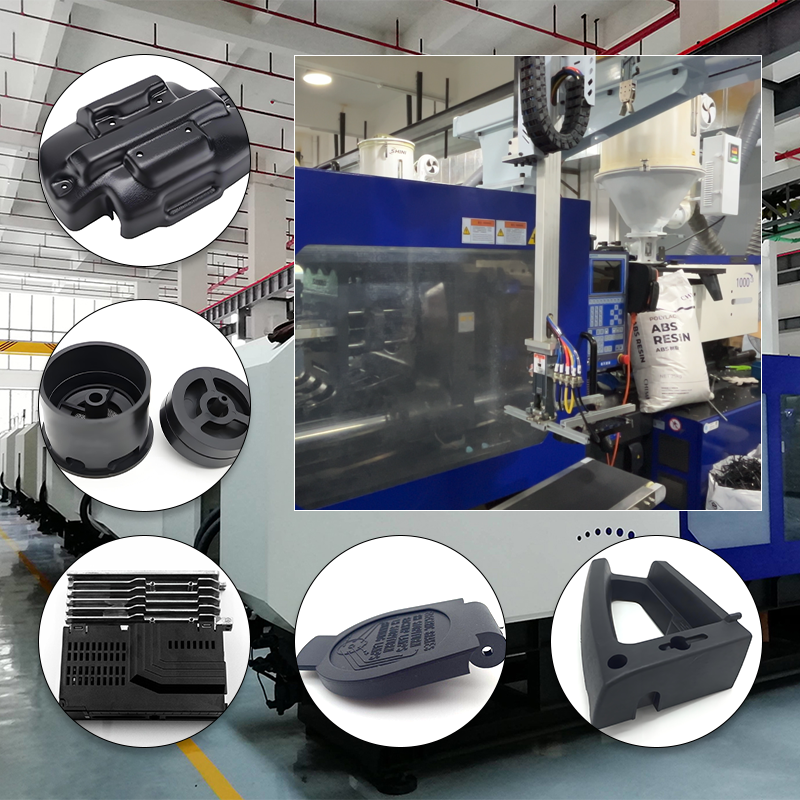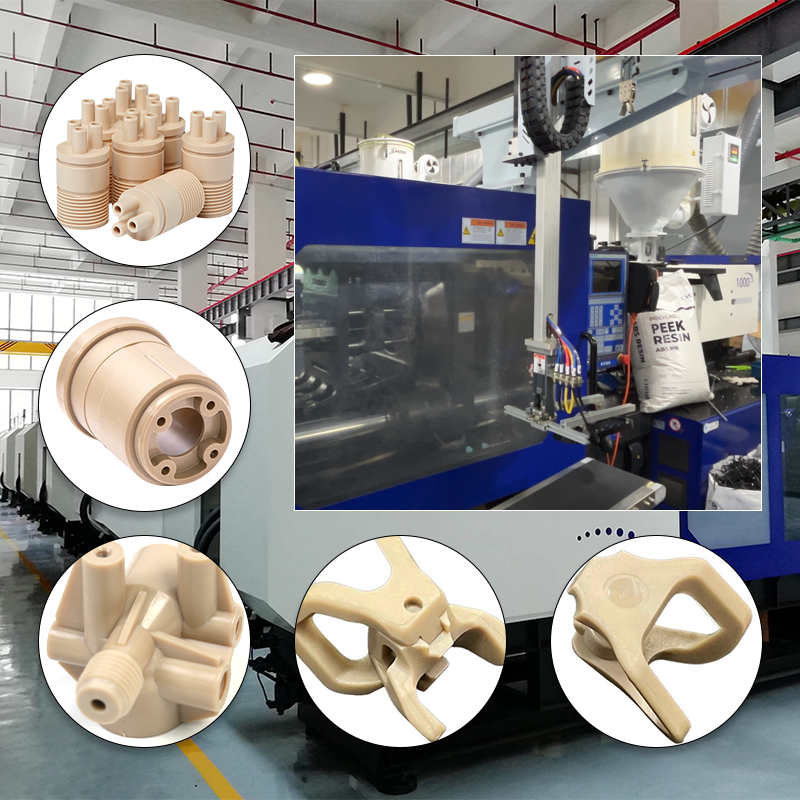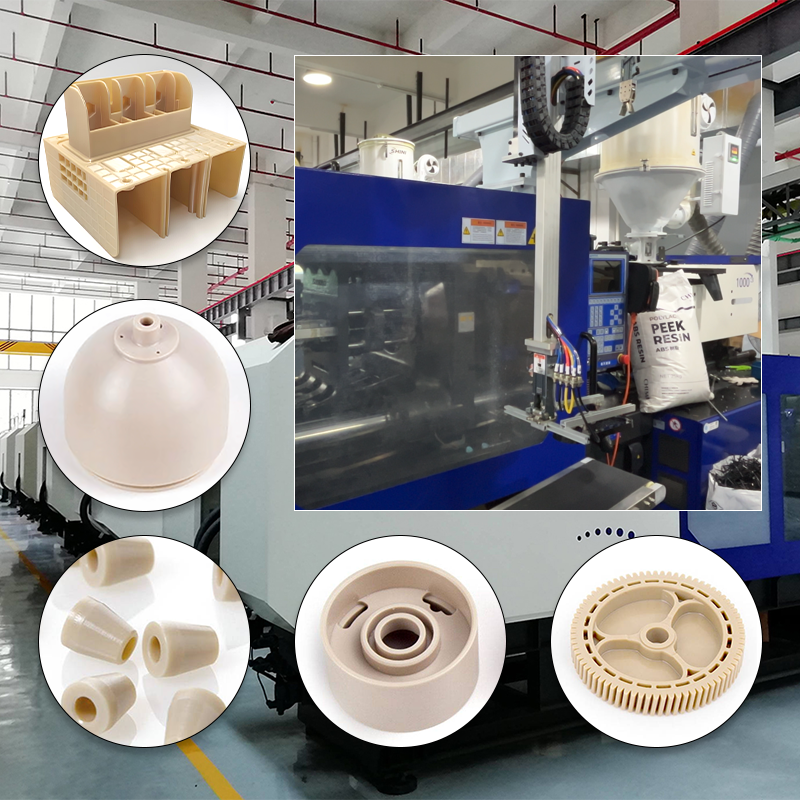
Advantages of Injection Molding Injection molding offers numerous advantages that make it a preferred choice in various manufacturing industries. One of the most significant benefits is the ability to produce high volumes of identical par








Advantages of Injection Molding
Injection molding offers numerous advantages that make it a preferred choice in various manufacturing industries. One of the most significant benefits is the ability to produce high volumes of identical parts with minimal variation. This consistency is vital for industries that require precise components, such as automotive, aerospace, and medical sectors. The high level of repeatability ensures that all parts meet the same quality standards, reducing the risk of defects and enhancing overall product reliability.
Another advantage of injection molding is its versatility in terms of materials. The process can accommodate a wide range of thermoplastics and thermosetting plastics, including engineering-grade materials that are suitable for demanding applications. This flexibility allows manufacturers to choose materials that best suit their product requirements, whether that involves high strength, heat resistance, or chemical durability. As a result, injection molding can cater to a diverse array of product designs and functionalities.
Furthermore, the efficiency of injection molding contributes significantly to its appeal. The process is capable of producing parts in a matter of seconds, resulting in shorter production times compared to other manufacturing methods. With the capability to automate many aspects of the injection molding process, manufacturers can scale up production without a proportional increase in labor costs. This efficiency allows companies to meet market demands quickly and effectively, giving them a competitive edge in their respective industries.

Precision in Injection Molding
Precision is one of the hallmark features of injection molding. The technology enables manufacturers to achieve tight tolerances and intricate designs that are often challenging to replicate with other manufacturing methods. The precision stems from the controlled environment of the injection process, where factors such as temperature, pressure, and cooling time can be meticulously managed. This level of control is essential for industries where even minor deviations can lead to significant issues, such as in the production of medical devices or automotive components.
The design of the mold plays a critical role in maintaining precision. Advanced computer-aided design (CAD) software is often used to create molds that reflect the exact specifications required for the final product. These molds can include features such as complex geometries, undercuts, and fine details, all of which can be produced with high accuracy. As a result, injection molding can yield parts that fit together perfectly and function as intended without the need for extensive post-processing.
Moreover, the precision achieved through injection molding enhances the overall quality of the products manufactured. With consistent dimensions and surface finishes, products can be produced that not only meet but exceed industry standards. This reliability is crucial for building trust with consumers and ensuring that products perform well over their intended lifespan. The ability to produce high-precision components helps manufacturers minimize waste and reduce costs associated with rework, ultimately leading to greater efficiency in the production process.